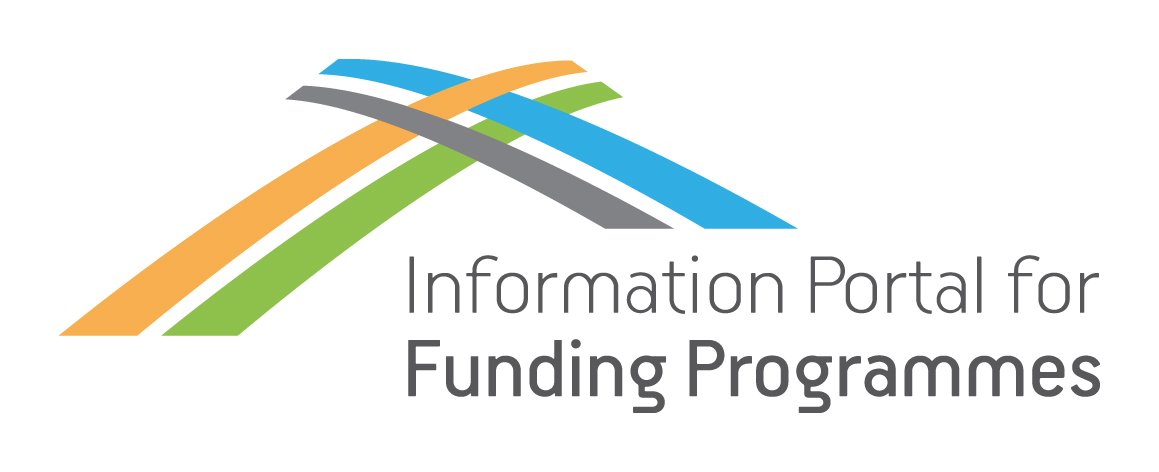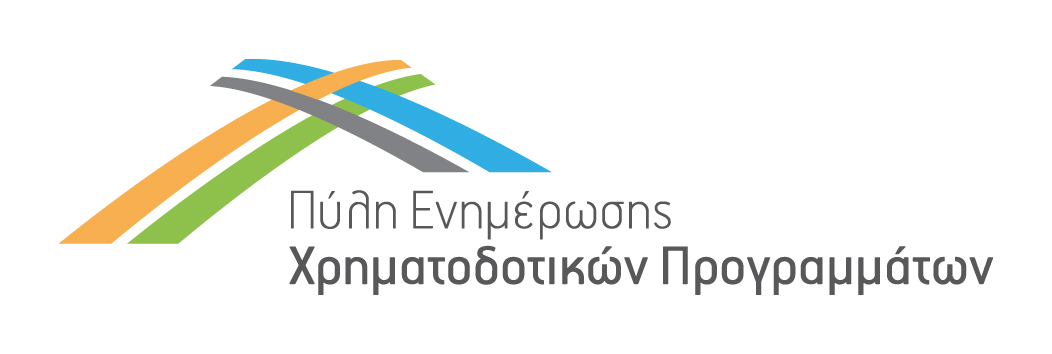Towards autonomous robot collectives delivering collaborative tasks in dynamic unstructured construction environments
Programme Category
Programme Name
Programme Description
Horizon Europe is the European Union (EU) funding programme for the period 2021 – 2027, which targets the sectors of research and innovation. The programme’s budget is around € 95.5 billion, of which € 5.4 billion is from NextGenerationEU to stimulate recovery and strengthen the EU’s resilience in the future, and € 4.5 billion is additional aid.
Identifier Code
Call
Summary
Robotic automation offers significant advantages to several sectors, yet on-site construction robotics is amongst the most challenging and least understood fields in robotics.
The unstructured, dynamic environment with human presence makes navigation and automation of the many concurrent construction tasks deeply challenging. Further, the current state-of-the-art solutions focus on adding higher degrees of automation to legacy tools, such as heavy equipment designed for diesel engines and human operators.
Detailed Call Description
The overall objective of this Challenge is the development of breakthrough technologies in the domain of autonomous collaborative on-site construction robots for an integrated, designed-for-robotics, digital production and assembly chain.
The Challenge is open to the 3 main construction tasks applied to the 2 main construction segments of buildings and infrastructure. Innovative application in adjacent construction segments (for example coastal protection foundations for energy infrastructure) also fall within scope.
Each funded project shall deliver the following 3 specific objectives:
Objective 1:
Development of a simplified structural, load-bearing, material-robot building system to assemble a representative and future-relevant structure (pavilion) using a multitude of discrete modules (elements, segments, blocks, voussoirs). This system must demonstrate TRL4 (validation in laboratory environment) of the autonomous collaborative multirobotic assembly. The structure can represent an infrastructure (for example a bridge, tunnel, culvert, conduit), a building (for example a tower, vault, dome, arch, multi-story skeleton, wall) or other construction elements (for example a foundation, secant wall, barrier, sea wall). The building system can also integrate unprocessed and pre-processed in-situ building materials (rocks, sand, natural materials, demolition materials, disassembled elements). Projects are expected to demonstrate the technologies at least at a relevant human scale in terms of volume, mass and moment of inertia, and ideally at a larger real-world architectural scale, rather than at a laboratory desktop scale.
Solutions are expected to incorporate “design-for-robotic-assembly” aspects, such as the robot-material interfaces, module interfaces and connectors, and may include innovative approaches such as embedded sensing in the modules.
A virtual simulation of the disassembled state, various intermediate assembly stages (including temporary (robotic) support measures if necessary) and final assembled state is expected to be part of the systems development process. The project should include a documented validation of key design decisions (for example materials used 44 or configurations that simulate scaled behaviour) against the minimal requirements of the TRL4 demonstration objectives of the autonomous mobile multi-robotic collaborative platform.
Objective 2:
Development of an autonomous mobile multi-robotic collaborative platform using at least two, preferably more, mutually aware collaborative robotic systems specifically designed for the assembly tasks outlined in Objective 1. This objective requires a structured systems engineering approach to conduct a thorough functional system analysis and to allocate system-level functions between humans and machines within the target autonomous mobile multi-robotic collaborative platform.
The design should include the definition of system states and modes, along with the transitions between them, to ensure safe autonomous operations and effective demonstration of robot-robot and human-robot collaborations and interactions (passive, active, adaptive) at TRL4.
The project should also describe how the proposed technology can be scaled to meet the full dimensions of the intended commercial application in future.
Utilizing existing industrial robots or modifying suitable existing construction tools is allowed. However, these approaches may face workspace limitations when scaled to full commercial dimensions. Conversely, novel relative multi-robotic platforms could make full use of the opportunities of the material-robot system independent of scaling limitations in future.
Objective 3:
Achieve a TRL4 demonstration of an autonomous assembly sequence using the demonstration building system developed in Objective 1, executed by the autonomous mobile multi-robotic collaborative platform developed in Objective 2. The demonstration of a subsequent disassembly sequence is optional but encouraged if the building system is designed for disassembly. The demonstration will take place in a laboratory environment, including tests that explore the system’s resilience and limits under controlled unstructured real-world conditions (for example fault tolerance, granular uneven surfaces, environmental obstacles). These tests aim to identify key weaknesses and recommend future technology developments.
The specific objective of this challenge is to advance the digitalized chain of off-site modular production with on-site autonomous mobile multi-robotic collaborative assembly. Therefore, on-site 3D-printing of cementitious materials or polymers as a primary construction task is outside the scope of this challenge.
Call Total Budget
Financing percentage by EU or other bodies / Level of Subsidy or Loan
100%
Considers proposals with an EU contribution of up to €4.000.000, as appropriate.
Thematic Categories
- Environment and Climate Change
- Industry
- Information and Communication Technologies
- Processing
- Research, Technological Development and Innovation
Eligibility for Participation
- Educational Institutions
- Legal Entities
- NGOs
- Other Beneficiaries
- Private Bodies
- Researchers/Research Centers/Institutions
- Small and Medium Enterprises (SMEs)
Eligibility For Participation Notes
In order to apply, your proposal must meet the general eligibility requirements (see Annex 2) as well as specific eligibility requirements for the Challenge (if applicable). Please check for particular elements (e.g., specific application focus or technology) in the respective Challenge chapter below.
The EIC Pathfinder Challenges support collaborative or individual research and innovation from consortia or from single legal entities established in a Member State or an Associated Country (unless stated otherwise in the specific Challenge chapter). In case of a consortium your proposal must be submitted by the coordinator on behalf of the consortium.
Consortia of two entities must be comprised of independent legal entities from two different Member States or Associated Countries. Consortia of three or more entities must include as beneficiaries at least three legal entities, independent from each other and each established in a different country as follows:
- at least one legal entity established in a Member State; and
- at least two other independent legal entities, each established in different Member States or Associated Countries.
The legal entities may for example be universities, research organisations, SMEs, startups, natural persons. In the case of single beneficiary projects, mid-caps and larger companies will not be permitted.
The standard admissibility and eligibility conditions and the eligibility of applicants from third countries are detailed in Annex 2.
Call Opening Date
Call Closing Date
National Contact Point(s)
Research and Innovation Foundation
Address: 29a Andrea Michalakopoulou, 1075 Nicosia, P.B. 23422, 1683 Nicosia
Telephone: +357 22205000
Fax: +357 22205001
Email: support@research.org.cy
Website: https://www.research.org.cy/en/
Contact Person:
Dr. Leda Skoufari – Themistou
Senior Scientific Officer
Email: leda@research.org.cy




